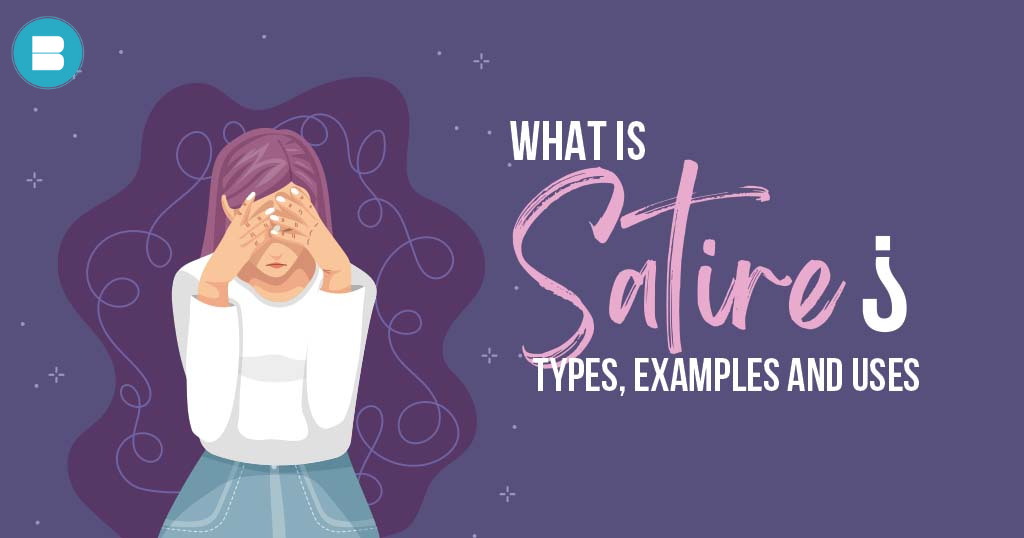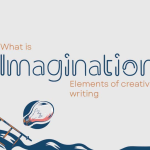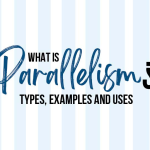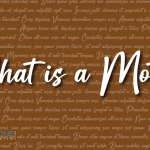Many people have a doubt “What is Satire“? Satire is a literary device that artists use to mock the foolishness and wickedness in human nature and society.
It’s like holding a mirror to the world, pointing out its flaws and imperfections with a healthy dose of humor and irony.
Read: Here’s a list of 10 Best Libraries in Pune for Bookworms.
Satire pokes fun at the absurdity of people’s behavior and ideas, as well as societal institutions and other creations. It uses a variety of tones, from amusement to contempt, to bring attention to the shortcomings of a subject and inspire change.
It’s like a gentle nudge, reminding us to take a step back and see the world through a different lens. Satire is not just a form of entertainment, but a powerful way to create awareness and bring about positive change.
For example, Jonathan Swift’s “A Modest Proposal,” in which the author provides a remedy to the problem of overpopulation and poverty in Ireland in the 18th century, is a thorough example of satire.
The suggestion is that the poor sell their children as food for the wealthy in order to reduce the number of poor people while boosting the country’s wealth.
The plan is presented in a serious and rational manner, yet it is clearly intended to be outrageous and stupid, emphasising the ridiculousness of the time’s societal attitudes toward poverty and overpopulation.
Swift’s use of sarcasm and exaggeration allows him to mock the upper classes’ callousness and apathy toward the condition of the poor.
He deconstructs the notion that the poor are nothing more than a burden on society, and that their lives and well-being are worth less than the economic benefits they may contribute.
Swift’s suggestion is a stinging critique of cultural attitudes toward poverty and overpopulation, as well as a call to action for change.
Swift’s use of sarcasm and exaggeration allows him to mock the upper classes’ callousness and apathy toward the condition of the poor.
He deconstructs the notion that the poor are nothing more than a burden on society, and that their lives and well-being are worth less than the economic benefits they may contribute. Swift’s suggestion is a stinging critique of cultural attitudes toward poverty and overpopulation, as well as a call to action for change.
You may also like: Top 10 Real Life Stories to Read Online
What is Satire and its importance? Why is it used so often?
Satire is an important literary device that has several advantages for both the writer and the readers:
- Satire can expose and criticize social and political issues in a creative and engaging way. It can draw attention to problems such as poverty, corruption, and inequality, and can inspire readers to think critically about these issues and to demand change.
- Satire can also be used to make fun of popular culture and societal norms, and can be a powerful tool for challenging and subverting established ideas and beliefs.
- It also helps to build critical thinking skills in readers, as it requires readers to analyze and interpret the message behind the use of irony, humor, and exaggeration.
- Satire can also be used to entertain and to make readers laugh. It can provide a form of escapism and can also be a way of making sense of difficult or complex issues.
- Satire can also be a way for writers to express their opinions and ideas in a creative and non-confrontational way, which can be especially useful for writers living under authoritarian regimes.
- Satire is a powerful tool for creating awareness and bringing about positive change in society. It can be used to expose and criticize societal ills and to inspire readers to demand change.
Satire is a literary device that employs various techniques, such as irony, exaggeration, and ridicule to attack and criticize a particular subject or idea.
For a satire to be successful, it must have five key elements: attack, judgment, wordplay, humor, and the desire for reform.
For example, a satire will begin by attacking a certain subject or idea through the use of irony, and then make a judgment about it.
The satire then uses clever language, wordplay, and humor to create laughter and make the person in question aware of their faults, with the ultimate goal of inspiring change or reform. The five elements are –
- Attack
- Judgment
- Wit
- Humor
- Intention
- Attack: Satire uses various techniques such as irony, exaggeration, and ridicule to attack and criticize a particular subject or idea. The attack is usually directed towards human vices, follies, or societal ills.
- Judgment: Satire makes a judgment about the subject or idea being attacked. The judgment is often a moral or ethical one, and it is meant to expose the flaws or problems with the subject or idea.
- Wit: Satire uses clever language and wordplay to make its point. It is often characterized by the use of puns, double entendres, and other forms of wordplay to create a humorous or satirical effect.
- Humor: Satire uses humor as a tool to attack and criticize. It is often characterized by the use of irony, exaggeration, and absurdity to make a point or to create a humorous effect.
- Intention: Satire has a purpose or intention behind its attack. It aims to create awareness and to inspire change or reform. Satire can be used to expose societal ills, to challenge popular culture and societal norms, or to make a moral point. The intention is not just to make people laugh but also to create a positive change.
People may mix up satire and parody because both employ similar strategies to convey a point or generate a hilarious or satirical impact, such as irony, comedy, and exaggeration. Furthermore, satire and parody can be found in similar kinds of literature such as plays, novels, and essays, as well as in other forms of media such as cartoons, television shows, and movies.
You may also like: International Publishing: Expanding your beyond borders
So, what is the difference between Satire and Parody?
Satire and parody are literary devices that are connected but have fundamental differences.
Satire is a type of social and political criticism in which individuals, institutions, or society as a whole are criticised and mocked via the use of irony, comedy, and exaggeration. It seeks to reveal and correct vices, follies, excesses, and flaws in human nature or society.
Satire is frequently used to emphasise the absurdity or ridiculousness of a certain issue in order to make a point or affect change.
A parody, on the other hand, is a type of satire that imitates the style and manner of a certain work or author for hilarious or sarcastic effect. It frequently exaggerates or exaggerates the original work’s features in order to achieve a humorous or sarcastic effect.
A parody is not always intended to critique or mock a specific subject, but rather to mimic the style or conventions of a specific type of literature or art.
Simply stating, satire is a broad phrase that includes parody; nevertheless, parody is a subset of satire that focuses on imitating and exaggerating the style and conventions of a certain work or author.
To understand the spectrum of satire better, here are a few examples,
- “The Devil Wears Prada” by Lauren Weisberger: The novel is a satirical take on the fashion industry and the cutthroat world of high-end fashion. The main character, Andy Sachs, is a young woman who lands a job as an assistant to a demanding and ruthless fashion editor, Miranda Priestly. The novel satirizes the superficiality and superficiality of the fashion world, as well as the culture of celebrity and power.
- “The Handmaid’s Tale” by Margaret Atwood: The novel is a satirical take on the politics of religion and power. The story is set in a dystopian society where women are forced into sexual servitude and denied basic rights. The novel satirizes the idea of religious fundamentalism and the suppression of women’s rights.
- “Candide” by Voltaire: This novel is a satirical take on the philosophy of optimism. The main character, Candide, goes through a series of misfortunes and tragedies, but his teacher, Dr. Pangloss, insists that everything happens for the best. The novel satirizes the idea that everything happens for a reason, and that the world is inherently good.
- “The Great Indian Novel” by Shashi Tharoor: The novel is a satirical take on the Indian politics, history and society. It retells the Indian epic “Mahabharata” as a political allegory and satirizes the Indian political leaders and their actions.
- “The Last Mughal: The Fall of a Dynasty, Delhi 1857” by William Dalrymple: The book is a satirical take on the British Raj in India and the Indian Rebellion of 1857. It exposes the hypocrisy of British colonial rule in India and satirizes the British government’s treatment of Indian subjects during that time.
To conclude this entire satirical journey, I’d like to say that Satire is like a lens, magnifying and highlighting the absurdity of people’s behavior and ideas, as well as societal institutions and other creations.
You may also like: How to make book design more appealing to the readers
Satire is not just a form of entertainment, but a tool for creating awareness and bringing about positive change. It can expose and criticize social and political issues, challenge and subvert established ideas and beliefs, and entertain and make readers laugh.
It’s a gentle nudge, reminding us to take a step back and see the world through a different perspective.
Publish your book for free with BlueRoseONE and become a bestselling author. Don’t let your dream of becoming an author fade away, grab the opportunity now and publish your book – be it fiction, non fiction, poetry or more.
Happy Reading!
















